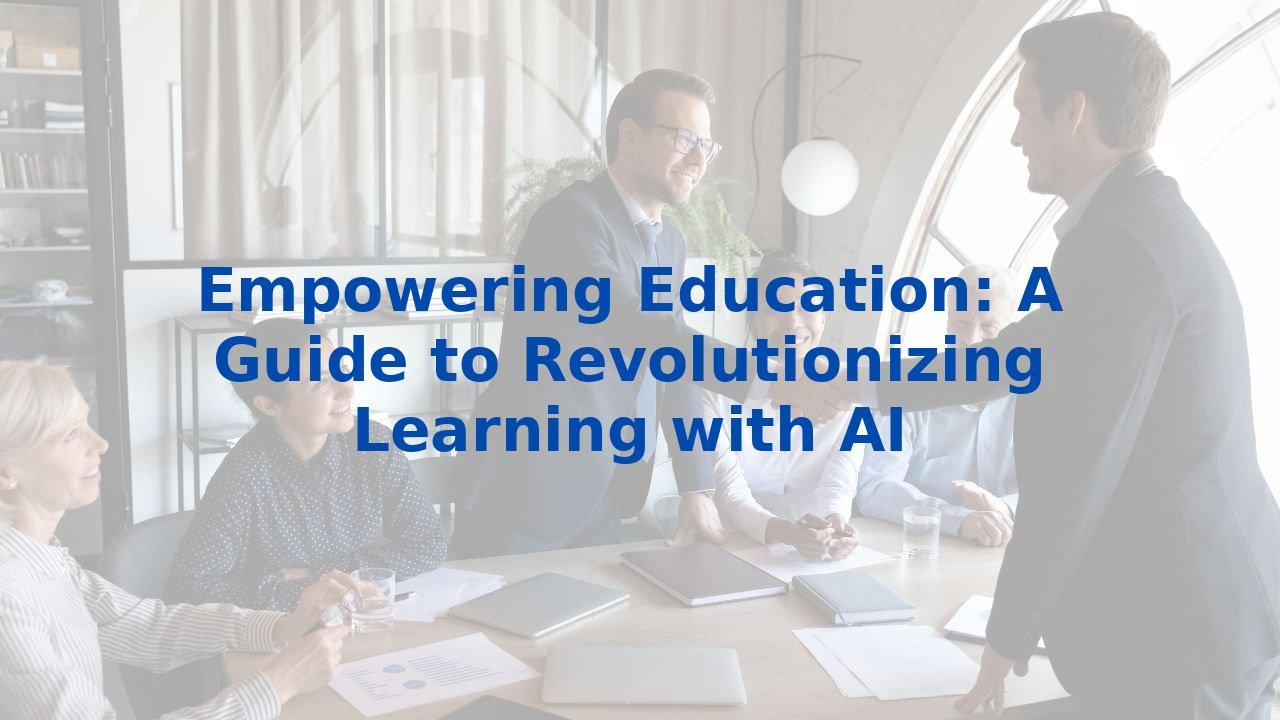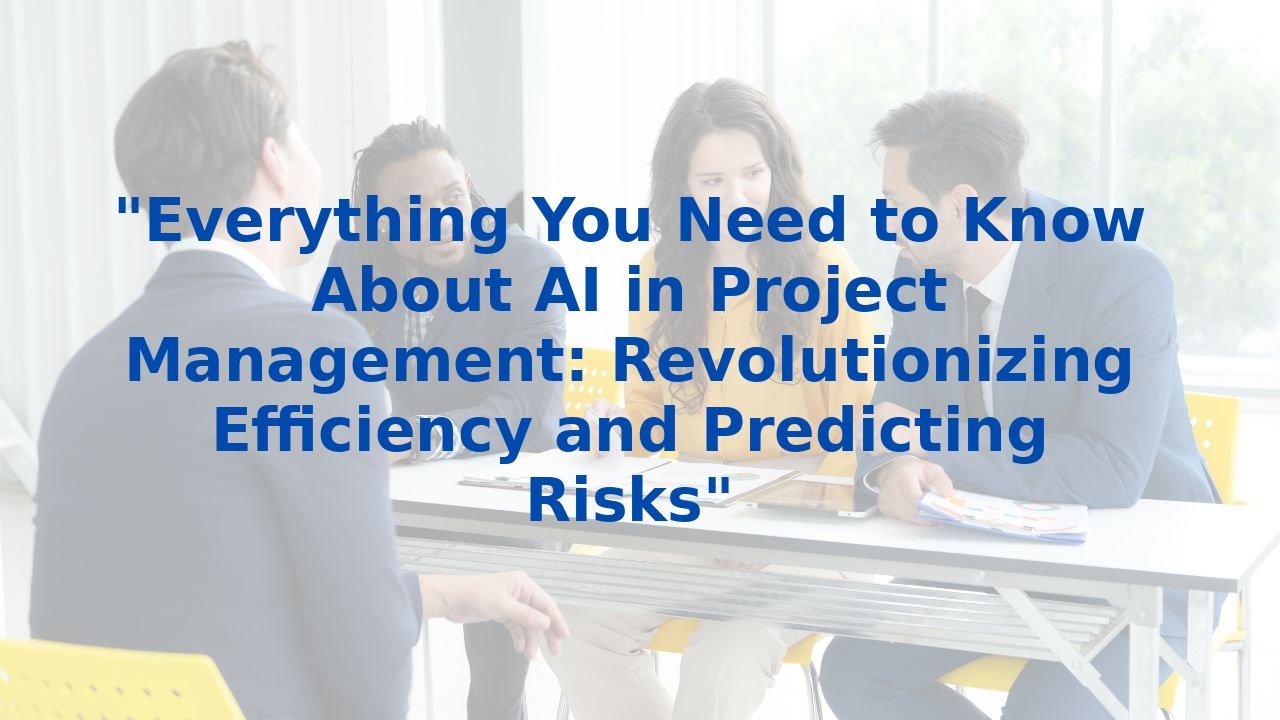Empowering Education: A Guide to Revolutionizing Learning with AI
Empowering Education: A Guide to Revolutionizing Learning with AI
In a rapidly evolving world, the need for innovative educational solutions has never been more critical. Traditional teaching methodologies struggle to bridge the widening gap in access to quality learning, especially in underserved communities. However, the advent of artificial intelligence (AI) presents a powerful opportunity to revolutionize education by enhancing efficiency, accessibility, and personal engagement. This guide explores how AI can reshape the educational landscape, making learning a more empowering experience for all students.
The Transformative Potential of AI in Education
Imagine an educational system tailored to each student's unique needs, where teaching methods adapt in real-time to maximize learning potential. AI is not just a buzzword; it’s a catalyst for a new educational paradigm. Below are some compelling applications of AI that highlight its significance in education:
Personalized Learning
Every student learns differently. AI has the capability to analyze individual learning patterns and preferences, resulting in a personalized curriculum that resonates with each child. This individualized approach encourages critical thinking, cultivates creativity, and nurtures problem-solving skills, all essential attributes for future success.
Automating Administrative Tasks
The administrative burdens within educational institutions can often detract from the core mission of teaching. AI steps in to automate time-consuming tasks such as grading, attendance tracking, and managing schedules. This shift allows educators to redirect their focus towards more strategic and meaningful interactions with students, ultimately enriching the entire learning experience.
Enhancing Accessibility
AI democratizes access to learning resources. High-quality educational material is now within reach for students from various backgrounds, irrespective of economic or geographic challenges. This transformative power is particularly palpable for children in underserved communities, elevating their educational landscape to one filled with opportunity.
Continuous Assessment and Feedback
In traditional settings, the feedback loop can often be slow and impractical, leaving students in the dark about their progress. AI, however, changes this dynamic by offering real-time assessments that illuminate a student’s strengths and weaknesses. Immediate feedback not only empowers educators to provide targeted support when needed but also fosters a growth mindset among students as they move towards mastery.
The Efficiency Revolution through AI
Integrating AI into educational processes brings forth an array of benefits that refine efficiency and amplify learning outcomes. Here are some noteworthy advantages:
- Efficient Grading and Assessment: The grading process can be labor-intensive; AI alleviates this pressure by swiftly analyzing student submissions and providing consistent evaluations. This offers educators invaluable time to enhance interactive teaching and personalized guidance.
- Personalized Support: AI-driven chatbots and virtual assistants can address student inquiries, facilitate discussions, and guide them in their learning journey. With this, students receive tailored support that promotes independence and active engagement.
- Enhanced Language Learning: Real-time feedback from AI tools allows students to refine their language skills effectively. By receiving immediate corrections on pronunciation, grammar, and vocabulary, language acquisition transforms into a dynamic and engaging process.
The Critical Importance of Training Educators for AI Integration
The most robust AI tools will fall flat without a knowledgeable educator guiding the process. Training educators in AI technologies is crucial for harnessing their full potential. Consider these facets of training:
Understanding AI Tools
For educators, familiarization with various AI resources is vital. They must learn how to leverage these tools effectively to meet their students' needs, ensuring that technology serves to enhance the learning experience rather than hinder it.
Striking a Balance
While AI offers substantial benefits, it is paramount that educators find a harmonious blend between traditional methodologies and AI-driven approaches. Responsible and ethical use of technology must remain a guiding principle to ensure that human interactions in education are preserved and prioritized.
Conclusion
The integration of AI into educational frameworks marks a progressive leap towards enhancing accessibility, personal engagement, and operational efficiency. As we harness AI’s capabilities to provide personalized learning experiences, automate administrative burdens, and offer immediate feedback, we empower the next generation to thrive. However, it is equally essential to equip educators with the necessary tools and training to navigate this transformative landscape effectively. By doing so, we do not just prepare our students for their futures; we inspire them to seize their potential fully and build a brighter tomorrow.
For organizations looking to enhance their understanding and implementation of AI in education, consider exploring Complete AI Training for an array of resources and training programs tailored to your needs.



